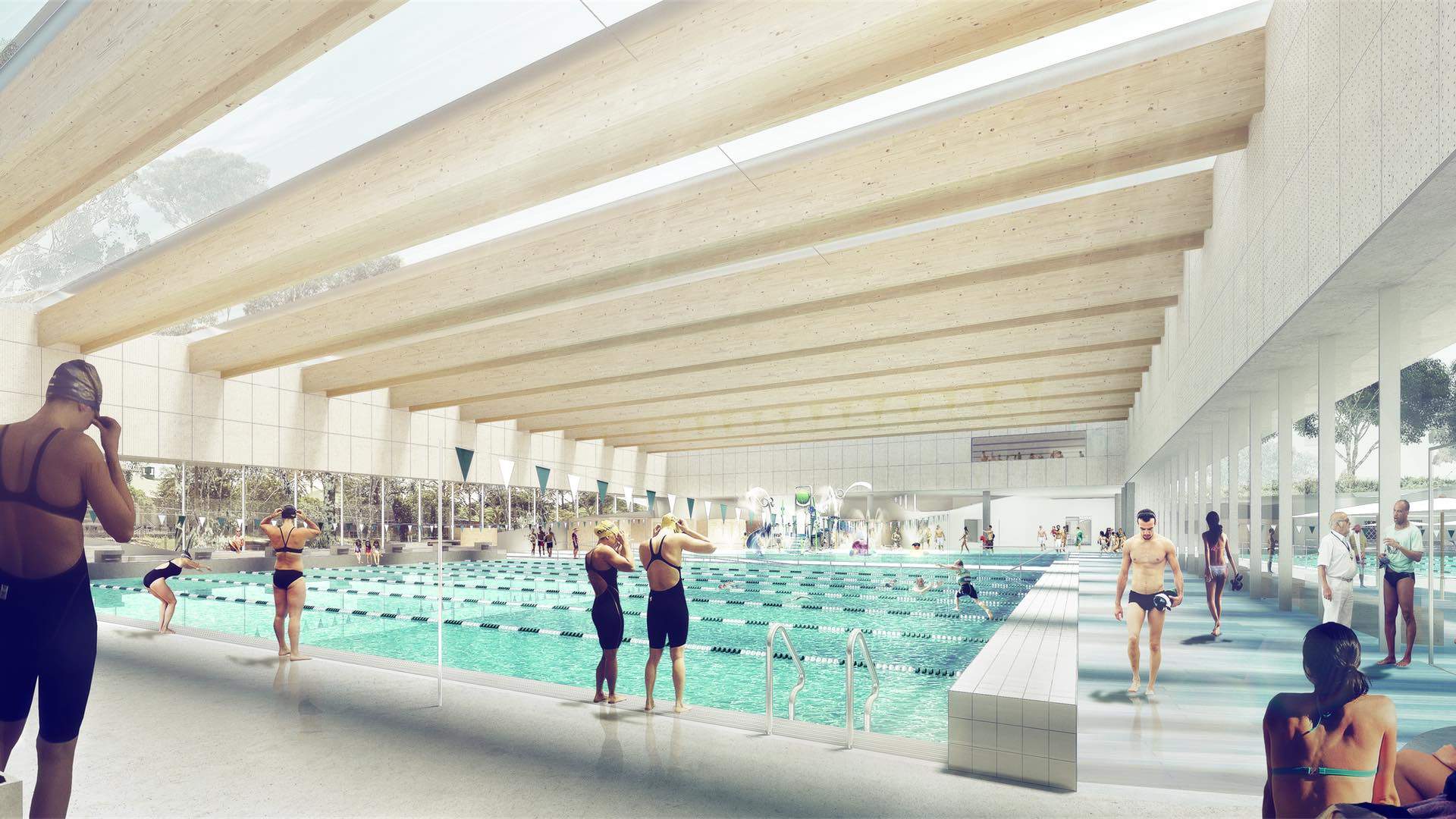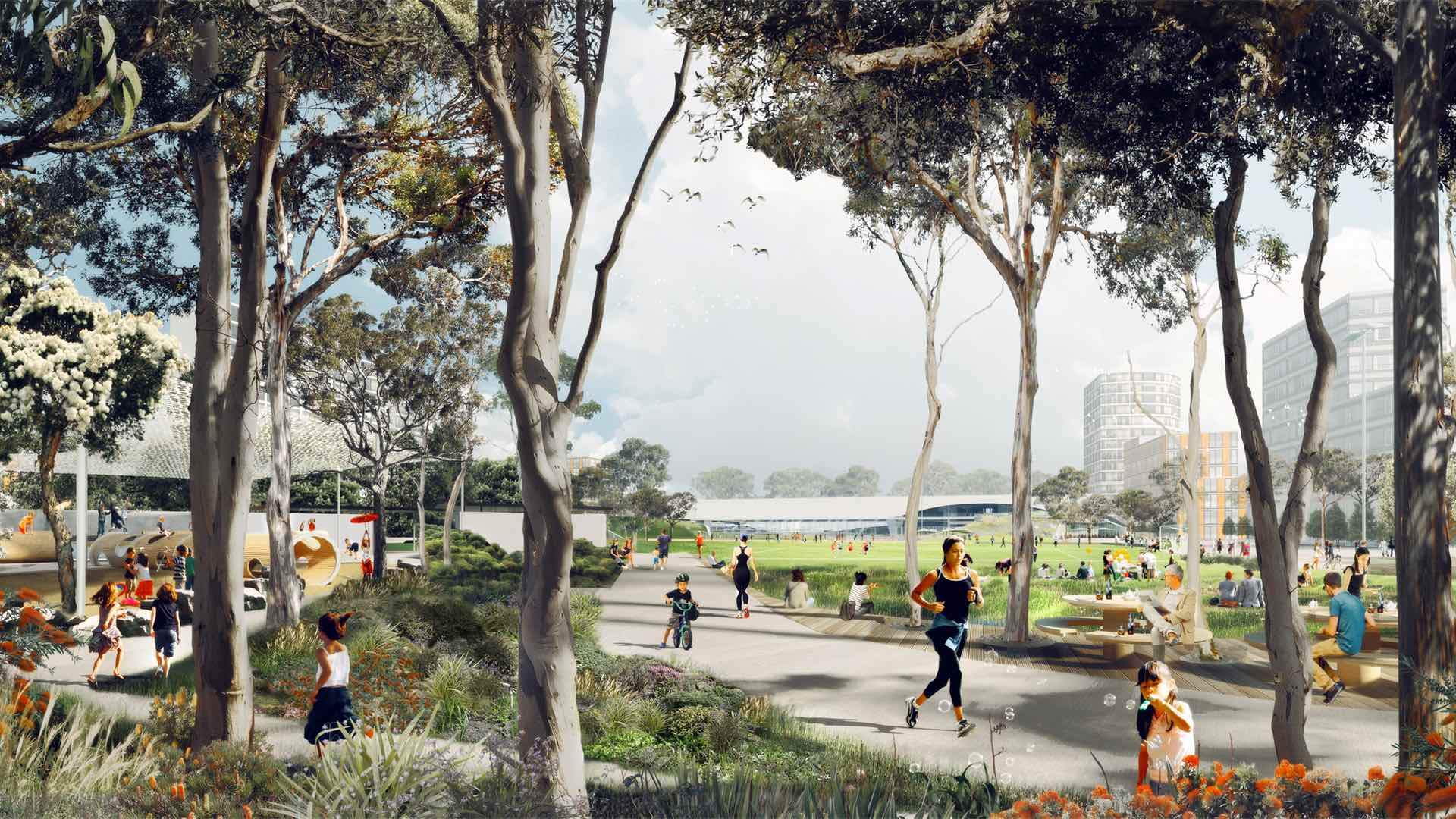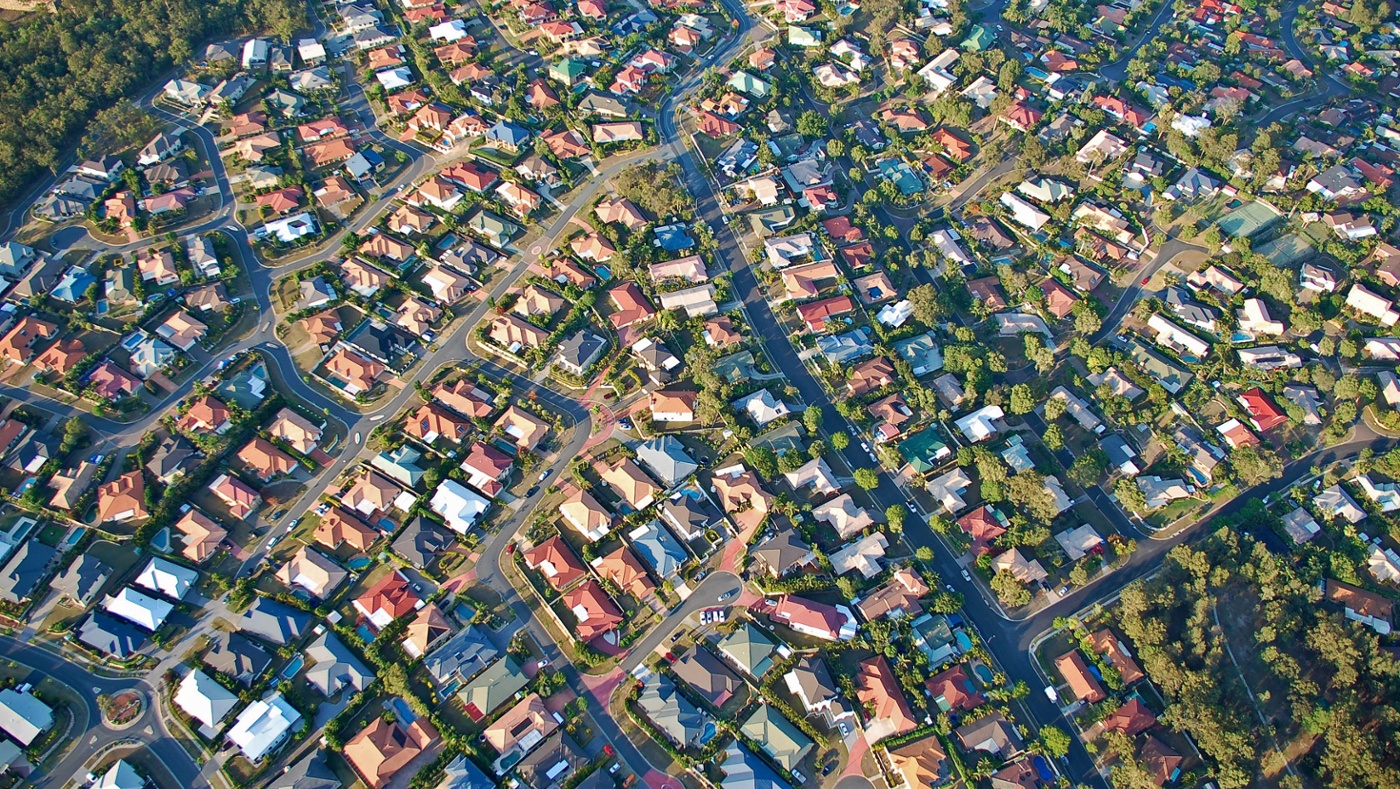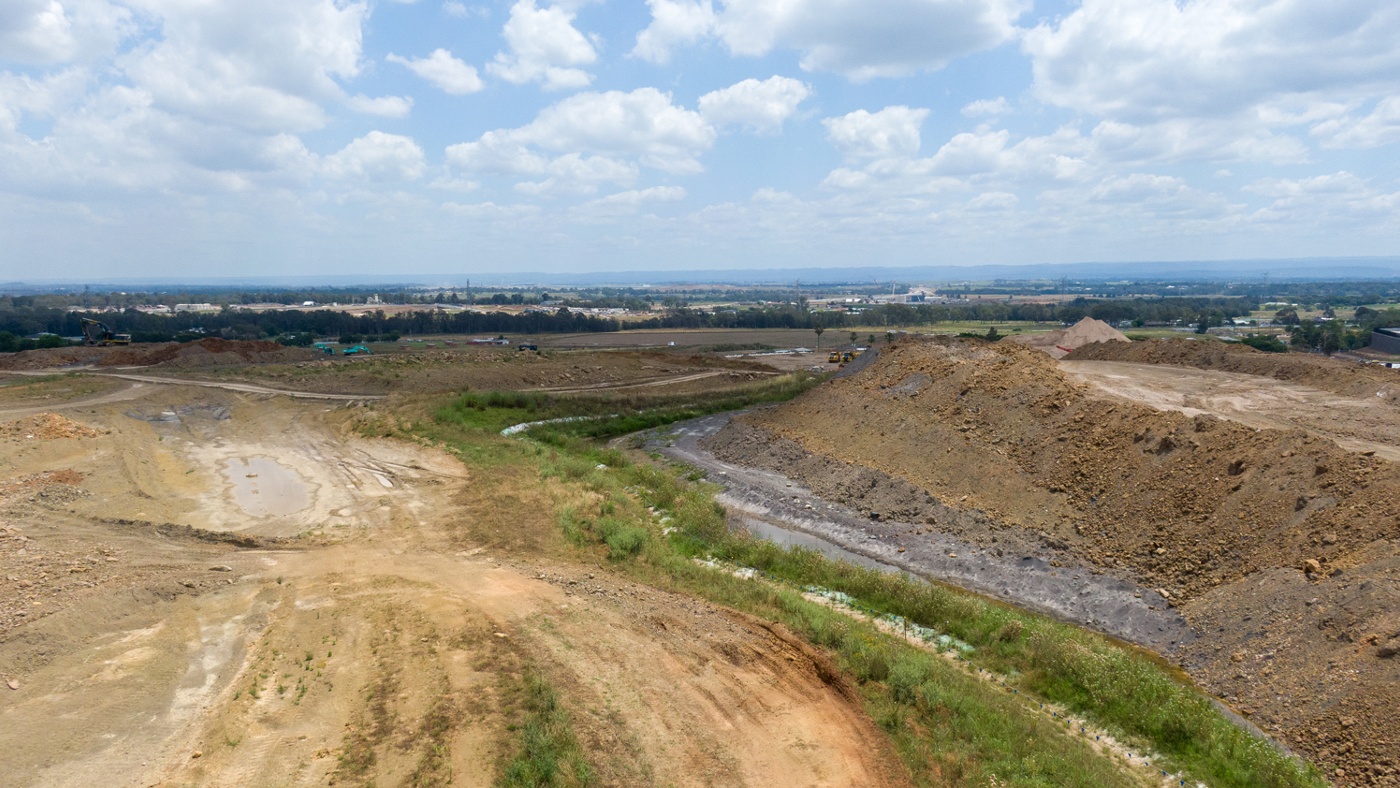Impact investment potential to solve Aerotropolis social infrastructure funding conundrum

Social infrastructure investment plans and funding streams for the Aerotropolis need to be urgently clarified to deliver on the promise of the new city becoming a globally, leading high-amenity city that will attract significant business investment.
Ambitious plans for Western Sydney’s new city – as a location of choice for the innovation economy, including high tech manufacturers and knowledge-sector businesses – rely on the vision for a 30-minute city that is highly liveable, public transport accessible and walkable. This will attract these types of global businesses who are well-evidenced to choose high amenity locations, as a key workforce attractor.
Allison Heller, Director of Social Strategy at Ethos Urban recently shared her thoughts at the Property Council of Australia NSW Western Sydney Outlook stating: “Social infrastructure plans for the Aerotropolis urgently need to be solidified. This includes the parks, swimming pools, sports courts and community centres which will make this area attractive to businesses and truly competitive.”
Notably, this new centre will be competing with centres like Liverpool and Campbelltown to attract new investment, both of which are undergoing significant renewal. Liverpool with a $195 million civic core – funded by Liverpool City Council and developed by Built – at the heart of the CBD renewal strategy.
Allison also raised the issue of precinct master planning being equally essential to ensure social infrastructure that requires a large land take – such as sports courts, stadia, community hubs, and open spaces – these all need to be effectively planned for and delivered. This has been considered in the planning phase through the Aerotropolis Precinct Plan, which is a positive, as retrofitting large infrastructure commitments later is far more difficult and expensive, if not impossible. However, the challenge lies in funding and delivery – the scale of the infrastructure task is difficult to grasp, and establishing funding streams to deliver the infrastructure when and where it’s needed is complex, and can impact on development feasibility.

Allison suggested that models like the Western Sydney City Deal – a partnership between all levels of government – can be effective in achieving social infrastructure goals, without relying too heavily on infrastructure contributions by developers.
“The costs of social infrastructure are significant – but the longer-term return on investment is even more significant – with high-amenity areas attracting greater investment and residential and commercial property prices over time.
“The timing between upfront funding and the subsequent return on investment is the key challenge,” she said.
“Social impact bonds and similar models of impact investment – if applied to social infrastructure funding – could present a possible solution to this conundrum,” she suggested.
Ethos Urban’s Social Strategy Team delivers tailored social infrastructure and social value strategies for a range of state and local government and private sector clients. For more information, contact Allison Heller, Director, Social Strategy.
This topic was recently discussed at the Property Council of Australia NSW Western Sydney Outlook and covered in the Australian Financial Review on Wednesday, 15 February 2022.
Related Insights

NSW Low and Mid-Rise Housing Reforms

NSW Government Releases Industrial Lands Action Plan

Renewable Energy in Focus




